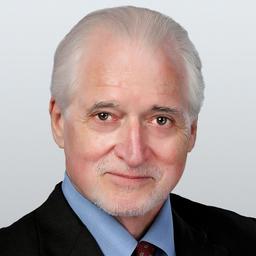Commentary
How sleep the Brave, who sink to Rest, By all their Country’s Wishes blest! When Spring, with dewy Fingers cold, Returns to deck their hallow’d Mould, She there shall dress a sweeter Sod Than Fancy’s Feet have ever trod.
By Fairy Hands their knell is rung, By Forms unseen their Dirge is sung; There Honour comes, a Pilgrim grey, To bless the Turf that wraps their Clay, And Freedom shall a-while repair To dwell a weeping Hermit there!
Abigail Adams quoted from memory the ode “How Sleep the Brave,” by English poet William Collins, in a letter to her husband John, started on Sunday, June 18, and mailed on Tuesday, June 20, 1775. She had just confirmed reports of the death of their dear friend and family doctor, 34-year-old Joseph Warren. He had fallen “gloriously fighting for his Country,” Abigail wrote, and “Those favorite lines of Collin[s] continually sound in my Ears.”Warren had died on Saturday, June 17, in what came to be known as the Battle of Bunker Hill, where the British army had driven colonial militia from their positions but suffered heavy losses. He had been a leading patriot since the Stamp Act Crisis ten years before, when he was just 24. It was he who sent Paul Revere on his famous Midnight Ride. The extralegal Massachusetts Provincial Congress commissioned him as a major general of the militia just a few days before the battle, but he chose to serve as a private soldier and was killed on the third and final British assault. He immediately became a martyr of the Revolution. His death would later be immortalized by John Trumbull in the oil painting “The Death of General Warren at the Battle of Bunker’s Hill, 17 June, 1775,” a version of which hangs today in the Museum of Fine Arts in Boston.


